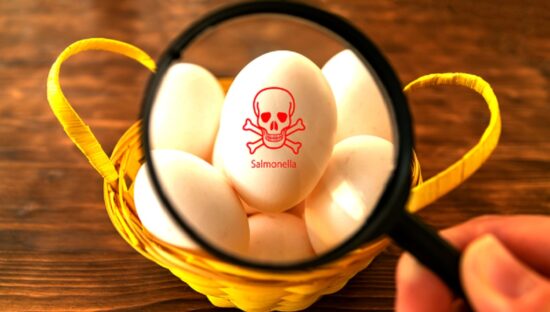Artificial intelligence has the potential to improve food safety practices but it is not a magical solution that can solve all problems, according to speakers at a recent event.
The Food Safety Consultative Council (FSCC) meeting in February was held to gain insights into how artificial intelligence (AI) supports food safety. The FSCC is part of the Food Safety Authority of Ireland (FSAI).
The event was attended by 150 people including consumer representatives, food producers, retailers, distributors, caterers, manufacturers, regulators, government departments, academics and technology companies.
Participants heard about technologies such as machine learning, predictive modeling, and machine vision, how they can safeguard food safety across the supply chain as well as the challenges associated with the use of AI.
Trust depends on context
When asked if they would trust AI to detect food safety risks, 67 of 109 people said it depends on the situation. A total of 29 respondents said they don’t trust it yet but maybe would in the future. Five said yes and eight said no, they trust human inspection more.
Pamela Byrne, former FSAI CEO, said AI had applications in areas such as traceability, predictive modeling for disease outbreaks, and machine vision systems for quality control. She said advancements in technology must be managed to maintain public trust and uphold food safety standards.
While recognizing the potential that AI holds for improving food safety, Byrne reminded attendees of the need for a vigilant regulatory framework that ensures transparency and accountability.
Marc Wagner, from Kerry, presented on AI for predictive modeling and how it can be used in the approach to food safety, particularly for Listeria monocytogenes control.
Not a magical solution
Brian Mac Namee, from University College Dublin, said rising interest in AI has led to inflated expectations, with many considering it a magical solution that can solve almost any problem. He also said AI systems are powerful but they are not a universal remedy and their capabilities and limitations must be considered.
In the meat industry, AI systems have the potential to support the inspection of animals post slaughter. Geraldine Duffy, of Teagasc, said despite the benefits, there are various challenges of deploying AI in food production settings, particularly around the need for large datasets to train algorithms, regulatory approvals, and technical issues like camera quality, lighting and data privacy.
William O’Sullivan, of Crème Global, discussed the importance of high-quality datasets to enable effective risk management and decision-making.
While AI and machine learning models can help analyze trends, accurately predicting issues like microbial or chemical hazards is difficult, especially when dealing with unknown or rare events.
Elske van der Vaart, data scientist at the Netherlands Food and Consumer Product Safety Authority (NVWA), said by using data such as inspection results, business characteristics, and historical compliance records, machine learning models could help regulators target high-risk companies more effectively. However, revealing which attributes the model uses to make predictions could lead to businesses altering their behavior to avoid detection.
In related news, at the FAO Science and Innovation Forum in October, a 90-minute session will focus on the role of AI in improving food safety management and the identification of emerging issues through foresight.
Speakers from different sectors and regions will share experiences and insights on how AI is being used at national, regional, and international levels to support real-time surveillance, and more forward-looking, data-driven decision-making. It will also address the importance of human oversight and ethical considerations.
(To sign up for a free subscription to Food Safety News, click here.)



